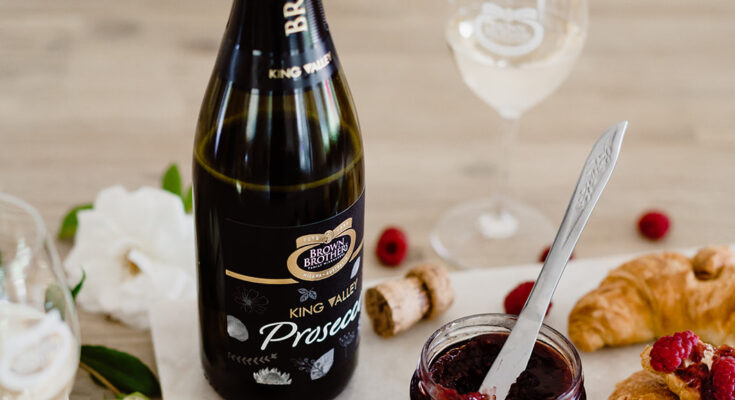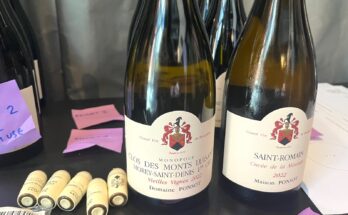In the first week of December 2022, I hosted the last of our Top 10 tastings for the year – Sparkling wines. The results are here > https://winefolio.co.nz/?p=7313 and it was a well-deserved win for an outstanding New Zealand wine – Maude Methode Traditionelle. Whilst many of the entries either were Champagne or emulating Champagne – hence the phrase ‘Methode Traditionelle’ there were other styles in the line-up too. The Sparkling reds from Australia drew some comments – and certainly turned heads. One of our judges (it was myself, Gabor Sareczky and Nigel Cottle) was a fan of these richer, deeper sparkling reds – particularly Barossa Shiraz.
However, for me, one of the styles that really stood out were a selection of Prosecco wines – both from the Italian region, and from Australia. Now, Prosecco is an Italian white wine, made under both DOC and DOCG designations, and produced in a sprawling area that covers nine provinces in the Veneto and Friuli Venezia Giula regions. It is named after the village of Prosecco which is in the province of Trieste, Italy. It’s also made elsewhere – as we saw with a slew of entries from Australia. In Victoria’s King Valley, tourists journey down Prosecco Road, so called because the wine region is now so well known for the variety.
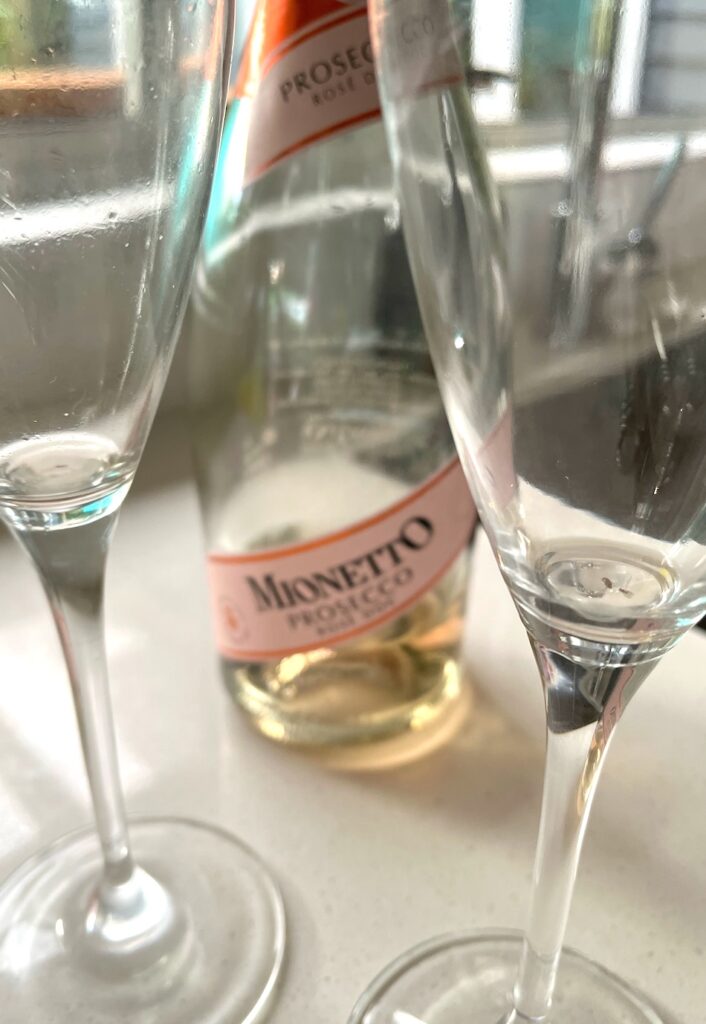
Otto Dal Zotto, a local who migrated to Australia from the town of Valdobbiadene – known as the birthplace of the sparkling white wine – was the first person to grow the Glera grape variety (from which Prosecco is made) commercially in Australia when he planted his first vines above the King River in 1999. “When we started there was nothing. Nobody knew actually what Prosecco was,” he said. However, the business of making Prosecco in Australia – worth $200 million – is now under threat. Local growers may no longer be able to call their wines Prosecco, as the European Union is looking for protection for Prosecco as a geographical indication – which would ban Australian producers from using the name.
Part of the problem with the naming stems from a decision that was made in Italy as recently as 2009. Until this century, the wine and the grape from which it is made were widely known as Prosecco. The style of the wine was defined by the grape used to make it, Glera, and the brand was not protected. In 2009, the grape was officially named Glera, with Prosecco as the name of the wine. So, since 1 January 2010, Prosecco is, according to an order of the Italian Minister of Agriculture, no longer the name of a grape variety, but exclusively a geographical indication.
With that DOC designation comes a raft of rules – including what it is made from – up to 15% can be other varieties and a minimum 10.5–11.5% alcohol by volume. Since 2020, the DOC rules allow a rosé variety of Prosecco designated spumante rosé, which has to contain Glera blended with 10–15% Pinot noir. Prosecco is usually produced using the Charmat method, in which the secondary fermentation takes place in large stainless steel tanks rather than in each individual bottle. This makes the wine less expensive to produce than Champagne or Methode Traditionelle, and the production time can be as little as thirty days. The wines have to be produced within the DOC area.
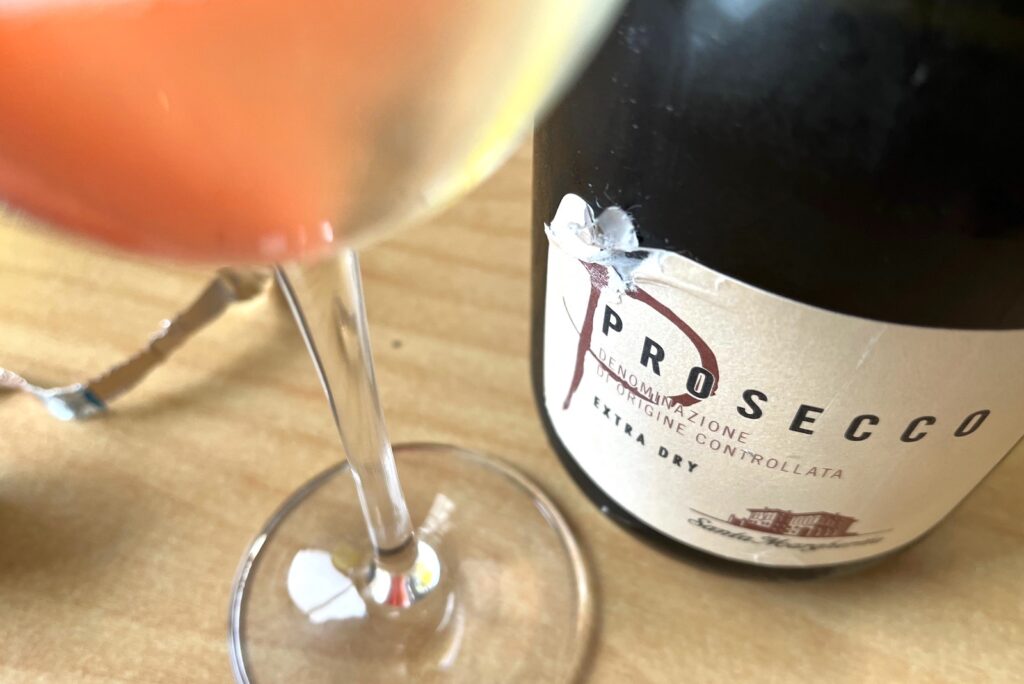
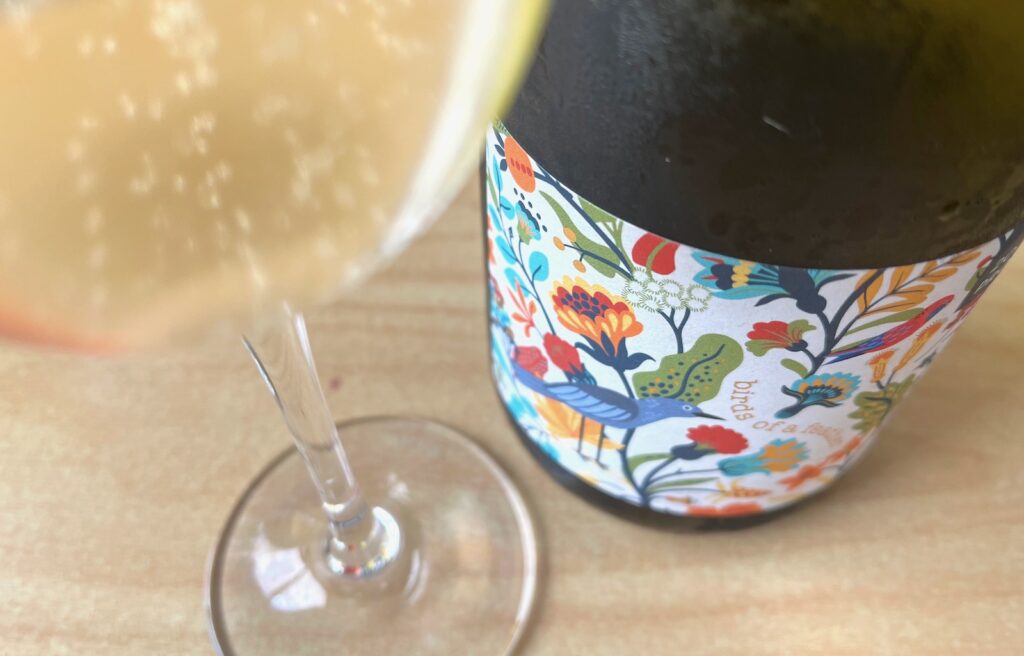
There’s also a DOCG designation – within the larger DOC area are two small DOCG areas – the 7000 hectares of Conegliano Valdobbiadene Prosecco in the hills between the towns of Conegliano and Valdobbiadene; and some 2000 hectares at Asolo Prosecco around the nearby town of Asolo. The steepness of the hills means that all the work, from pruning to picking, is done by hand. The ‘pinnacle’ of the production area is the hill of Cartizze. The vineyard of 107 hectares here is co-owned by 140 growers; and Prosecco from this vineyard is considered to be of the highest quality – the “Grand Cru“ of Prosecco if you like.
Prosecco was increasingly popular across the globe from around 2000 – and the brand Mionetto is now the largest importer of Prosecco into the USA. However, other areas have caught up – by 2012, the UK had become the biggest export market for Prosecco, with the poms consuming a quarter of all Italian production. Most Prosecco is made as Spumante sparkling wine or Frizzante (semi-sparkling). A small proportion is made as Tranquillo (still wine), with no bubbles. Over 600 million bottles were produced in 2018, with popularity showing no sign of slowing.
So – here is a wine with a unique background, and, to my mind, not trying to be Champagne. I regard the wines at the top end of the scale as very complex, nuanced expressions that are certainly fine wines. But Prosecco – for the most part – is a crisp, fresh and uncomplicated wine. Lighter in body, with a lovely aromatic nose that just does something different to a Champagne-style of sparkling wine. The fruit notes are often shared – with apple, peach, apricot, pear and citrus all appearing; but Prosecco has a primary, upfront appeal and simplicity that is easy to enjoy and to like.
With a market that has plenty of presence in supermarkets, and at $20 a bottle isn’t going to break the bank – I see Prosecco continuing its upward trajectory of sales. Add in the new rosé style – and we all know how popular rosé as a style is across still wines – and we’ll be seeing a lot more of this wine across our tables in the next few years. Whether it will all still be labelled as ‘Prosecco’ is another matter…
I wanted to finish by highlighting and reviewing just a few of the Proseccos that I’ve had the pleasure of trying in the last few months – either at Expos, tastings or just as samples. Both Italian and Aussie…
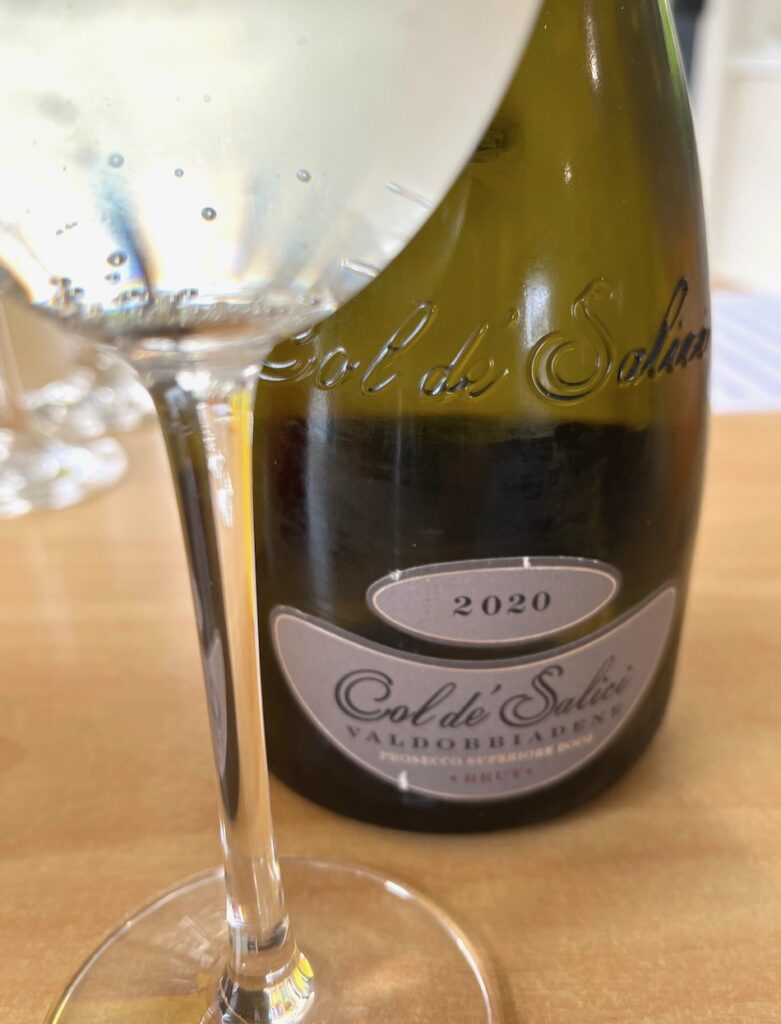
Wangolina ‘Birds of a Feather’ Prosecco 2022 Introduced to this at a South Australia expo, by Wangolina owner Anita Goode. The label’s first Prosecco, from the first crop of Mundulla’s Wirrage vineyard. It’s all there. Lively, young and fresh. The bubbles are soft and blowsy, and above the golden apple and apricot there’s a riper, melon richness. It’s in and it’s out – no great length or complexity – just breezes through with a crunchy acidity and a hint of citrus blossom.
Mionetto Prosecco DOC Treviso Brut One of the original brands to pave the way for Prosecco around the world. A particular perfume – something old-fashioned, like pot-pourri, hay and macademia nut. A very fine mousse of bubbles – spritzy and vibrant. Dried apple, lemon zest and a crisp acidity. Finishes short but clean and refreshing.
Santa Margherita Prosecco DOC Extra Dry Another wine from this label made our Top 10 Tasting list (see the link earlier in this article). This subtle, delicate version has a lovely sappy, birch and sorrel note on the nose. Tight bubbles, with a mineral acidity. Dry but with a tang of fruitiness and a finish that’s a bit longer than most.

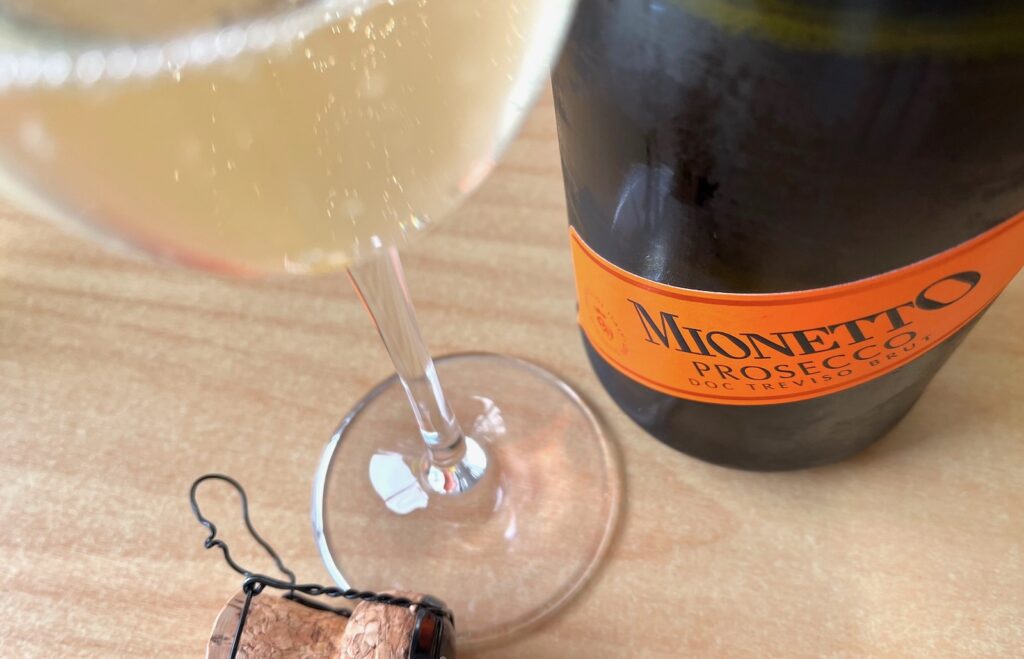
Col de Salici Valdobbiadene Prosecco Superiore Brut 2020 A really smart presentation – an elegant embossed bottle and an attractive, pale lemon-green colour in the glass. Tight, almost stalky-green entry on the palate. Pineapple lumps, papaya and peach, with a spicy element of nutmeg and jalapeno.
Brown Brothers’ Prosecco Rosé This is the number one Australian Prosecco brand in the New Zealand market – the grapes for the wine are grown in Brown Brothers’ Banksdale vineyard in the cool climate of the King Valley. A blushing rose-gold colour with aromas of juicy strawberry, watermelon, and pear. A smashing and smashable wine – great as an aperitif.
De Bortolli King Valley Prosecco Another one from one of the largest Prosecco-producing areas in Oz – the King Valley. A winner of many awards. The nose shows a distinctive floral character of lemon blossom and jasmine. A nudge of sweetness on the palate, and something a little different here. Bright, peppery salinity and as well as lemon-lime and green apple there is a ripe softness to the texture.

